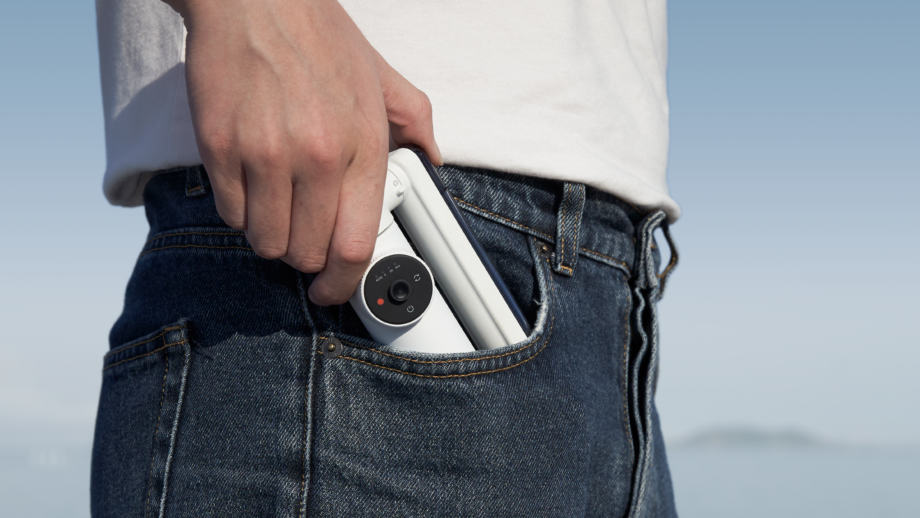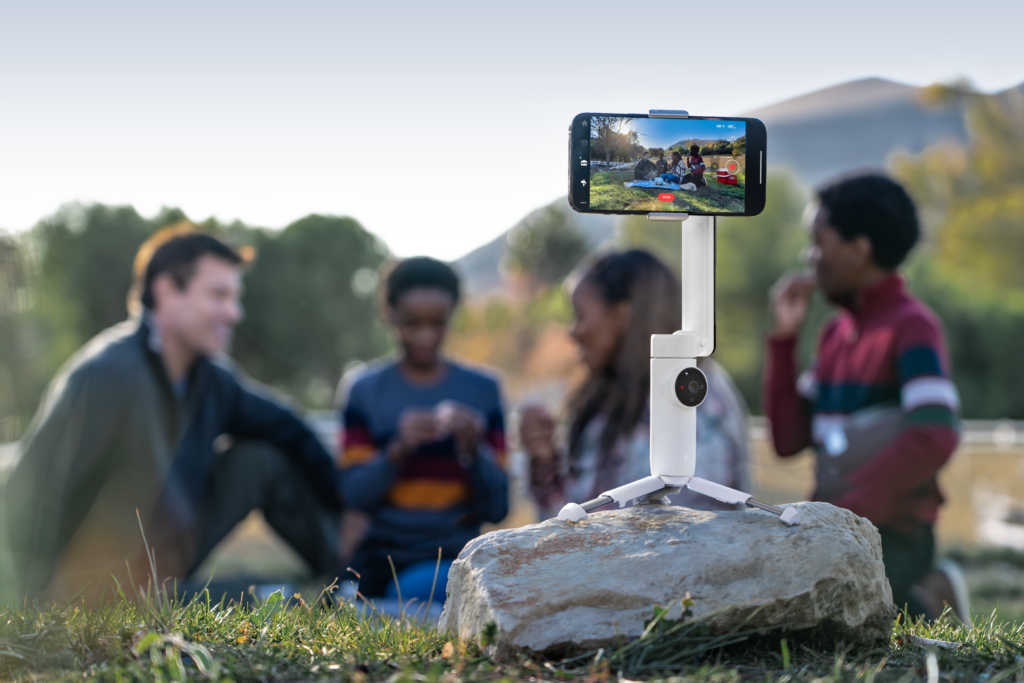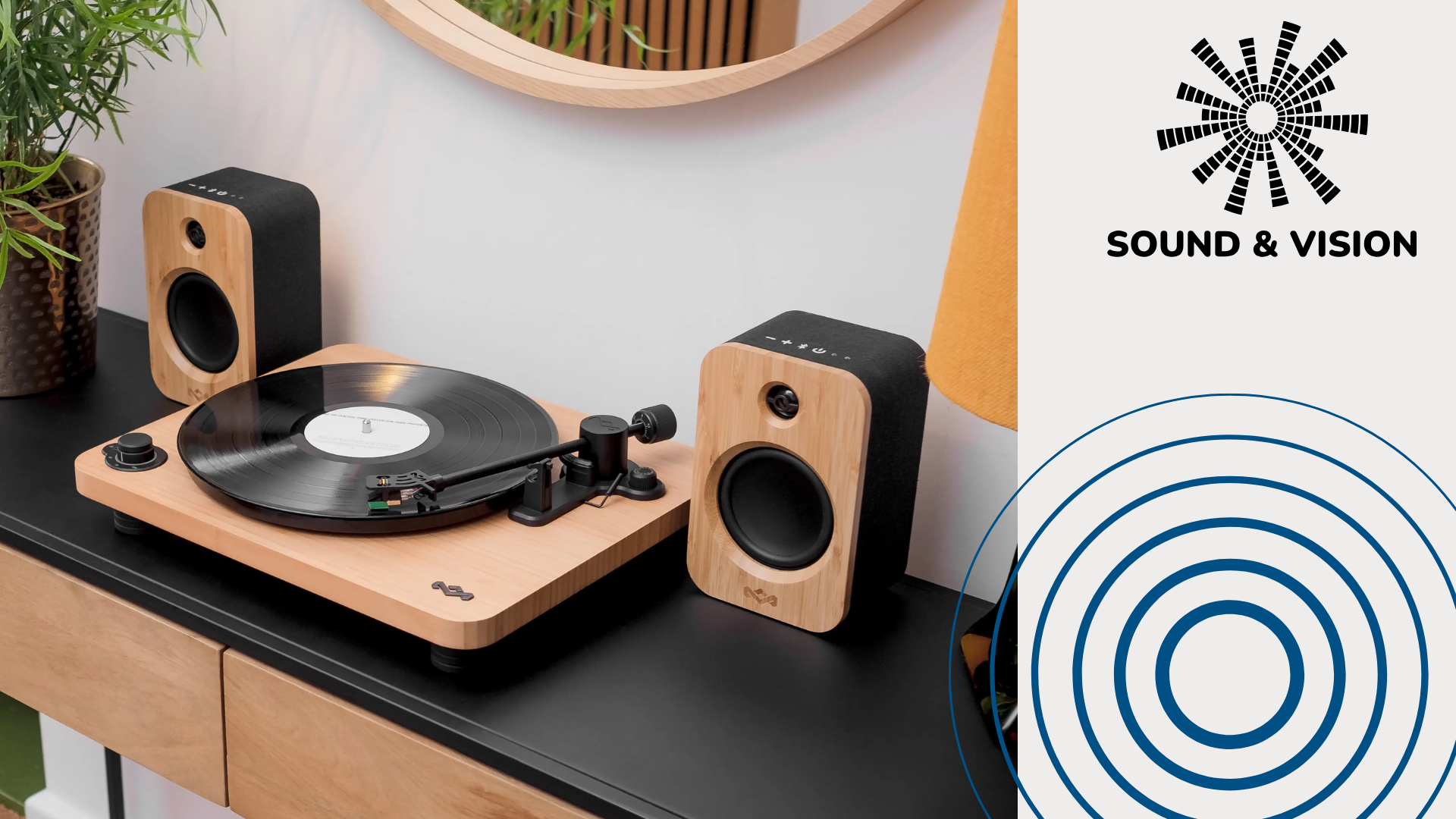The Insta360 Flow makes other smartphone gimbals obsolete

OPINION: With the near-endless number of products that tech journalists review year after year, it can feel – particularly with more iterative devices – that there’s far too much mimicry in this industry and not enough innovation.
Once in a while, however, a product comes along that feels so unique compared to the competition that it just can’t help but make you remember why you enjoy writing about tech in the first place. This is how I feel about the Insta360 Flow.
Anyone who’s followed Insta360 in the last few years will know that the company is largely recognised for its collection of action cameras, the most recent of which have given GoPro a serious run for its money. The company has started to expand its wares however, with last year’s incredible Insta360 Link webcam and now the Flow, Insta360’s first-ever smartphone gimbal.
As someone who posts video content to TikTok and YouTube, I’m a huge fan of the push to turn smartphones into content creation devices. It’s just so much more convenient to carry around one device that can act as a camera and editing suite, and throwing a gimbal into the mix just helps to add a professional touch to the proceedings.
For a while now, I’ve been using the Zhiyun Smooth Q4 to line up my shots but after a few weeks of playing around with the Insta360 Flow, the newer smartphone gimbal will now have a permanent fixture in my filming kit.

In addition to the extendable neck (first popularised by the DJI OM 5), the Flow has an industry first by including a built-in tripod into its design. When shooting a scene where you’re speaking directly to the camera, having a tripod is essential, but for all other smartphone gimbals you have to bring along a tripod attachment. For the Insta360 Flow, you’re ready to go right away without having to faff around with any assembly.
The design is also a great deal simpler than the competition as the gimbal opens up in one swift motion, switching itself on in the process and sending a prompt to your phone for you to open up the Insta360 app. If this all sounds pretty seamless, it’s nothing compared to the software capabilities available here.
A simple squeeze of the gimbal’s trigger or a swipe over an area in the Insta360 app will activate Deep Track 3.0 which keeps the camera focused on a subject, regardless of how the gimbal moves. In concept, the mode is identical to DJI’s Active Track but in practice, it’s the best of these focus modes that I’ve ever tested.

Even if a subject gets lost in the action, the app can latch back on them the moment they reappear in the frame as the Flow adjusts itself accordingly. In the past, I’ve found these modes to be functional but flawed if you move about too much. Try as I might with the Insta360 Flow, it hasn’t succumbed to the same tests.
What this all amounts to is an experience that feels so far ahead of the competition that I’m not even sure how the likes of DJI and Zhiyun are even going to compete with the Insta360 Flow without having to rethink their strategy completely.
You can expect to read our full review of the Insta360 Flow very soon but in the meantime, I have never felt more confident in my phone’s filmmaking capabilities than I do now with the Flow in tow.








